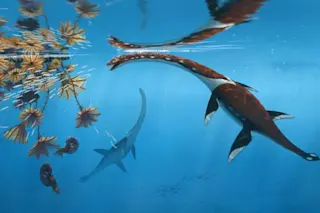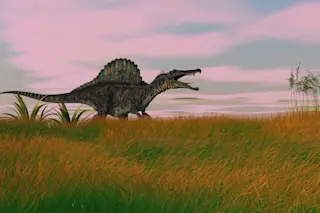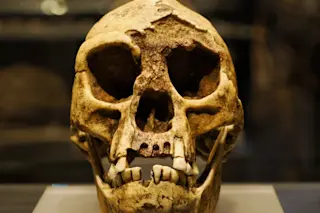Sometimes daydreams turn into reality. As an undergrad, Martin Smith remembers attending a lecture that stuck with him. The talk touched on the difficulty of showing how ancient wormlike creatures evolved into more complex organisms with arms and legs — like insects, spiders, crabs, and centipedes.
Demonstrating that had so far proved daunting, since no Cambrian period larval fossil contained the details necessary to make any evolutionary inferences. Smith remembers thinking, "If they ever find the right fossil larva from the Cambrian, all this will fall into place!"
With the analysis of a Youti yuanshi larva, Smith, now a professor at Durham University, is pinching himself. “I never really thought this would be possible, less still that I'd be able to work on it,” says Smith.
In general, Cambrian fossils lack the necessary detail to really examine their evolutionary nature. But through good fortune, the fossil the Durham group discovered ...














